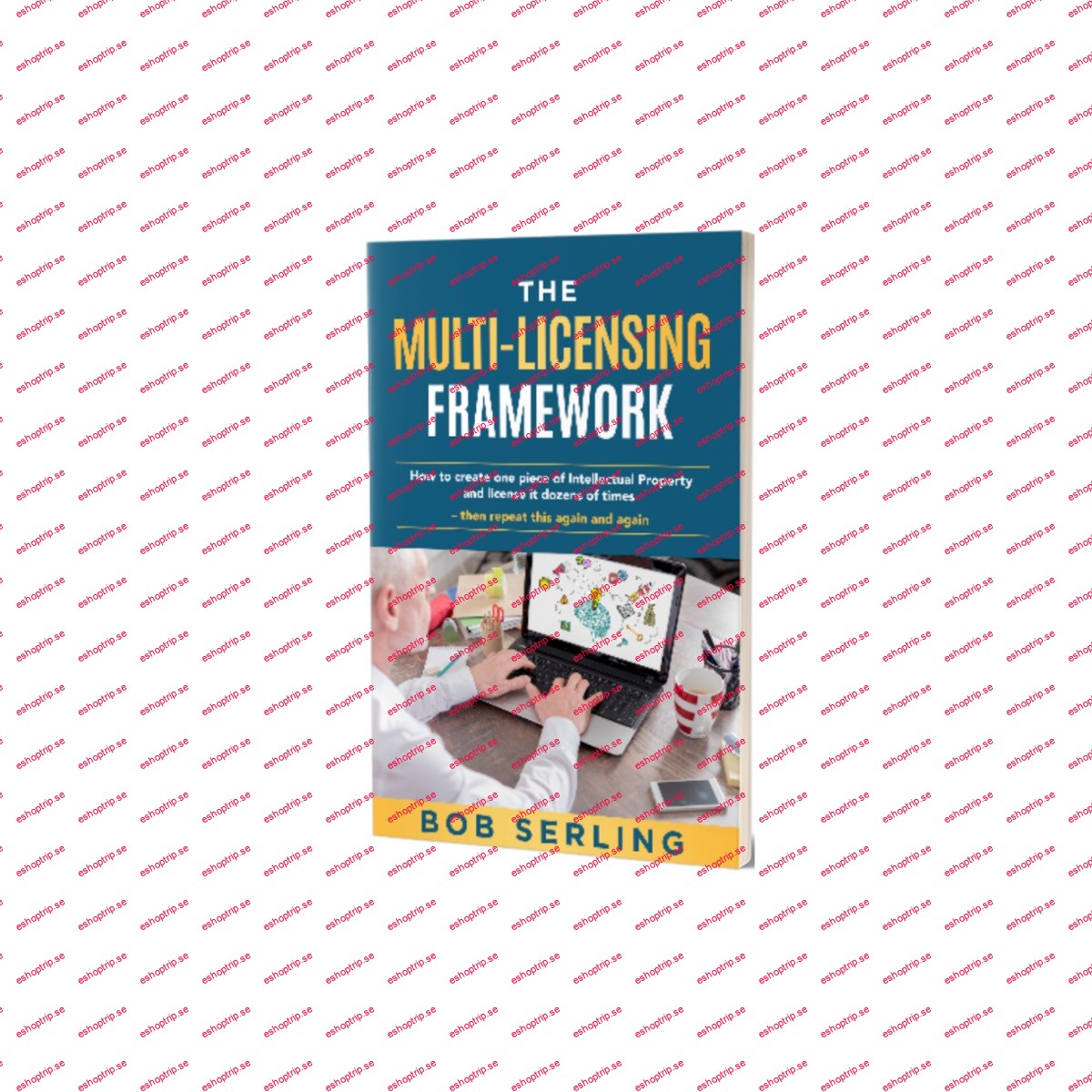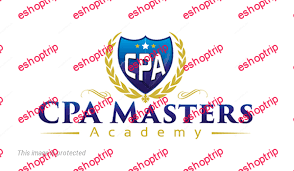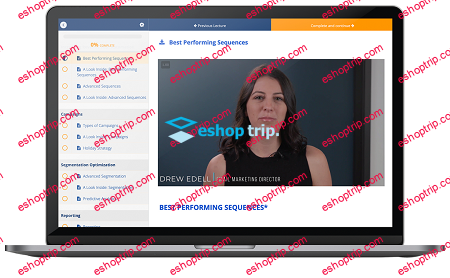Bob Serling Multi-Licensing Framework
563 MB
The Basics of Multi-Licensing
At its core, the multi-licensing framework, as pioneered by Bob Serling, represents a strategic approach designed to leverage existing assets to create multiple revenue streams. This methodology relies on the concept of licensing a single product or technology under different terms and conditions to various market segments. Unlike traditional marketing or product development strategies that often require substantial investment in new product creation, multi-licensing focuses on maximizing the potential of existing products. Engaging in multi-licensing allows businesses to penetrate new markets, cater to diverse customer needs, and eventually, enhance profitability without significant resource allocation.
Key Principles Behind the Framework
Delving deeper into Bob Serling’s multi-licensing framework reveals several key principles that underscore its effectiveness. First, the framework promotes the idea of asset maximization, urging companies to identify and exploit every possible avenue for licensing their products. This includes exploring different industries, geographic regions, and usage scenarios. Secondly, customization plays a pivotal role; by tailoring licenses to fit the specific needs of various licensees, businesses can significantly expand their market reach. Another principle lies in risk reduction. Through multi-licensing, companies can minimize the financial risks associated with product development by leveraging existing offerings. Finally, the framework highlights the importance of strategic partnerships, which can provide new channels for product distribution and exposure to broader audiences.
By understanding and implementing these core principles, companies can harness the transformative power of Bob Serling’s multi-licensing framework. It’s not simply about replicating the product development cycle but rather, reimagining the potential of existing assets. Through strategic licensing, businesses can unlock remarkable growth opportunities and establish themselves as leaders in their respective markets.
Bob Serling’s Influence on Licensing Strategies
Who Is Bob Serling?
As a pioneer in the marketing and licensing industry, I’ve found Bob Serling’s approach to embody the revolutionary side of product strategy. Serling, a strategic consultant and inventor, has long been revered for his innovative licensing frameworks that help businesses unlock new revenue streams. His methodologies not only emphasize the clever reuse and repurposing of existing assets but also stress reducing market entry risks. As the brain behind multi-licensing, Serling offers a blueprint for companies looking to broaden their market reach without the hefty investment usually associated with product development and market penetration.
The Evolution of Serling’s Licensing Models
Tracing the evolution of Serling’s licensing models illustrates a profound shift in how businesses approach market growth. Initially focusing on direct licensing strategies, Serling gradually expanded the scope to include multi-faceted models that cater to an array of market segments. This evolution signified a strategic departure from traditional single-market penetration tactics, advocating instead for a multi-licensing approach. By enabling a single product to be licensed across various sectors, Serling presents a framework that maximizes asset utilization while mitigating market risks.
His licensing models have evolved to not only help entry into diverse markets but to do so in a manner that’s customized for each segment’s unique demands. This adaptability underlines the strategic partnerships aspect of his framework, where collaborations with industry-specific licensees enhance a product’s market fit. It’s this nuance in adapting and customizing licensing strategies that marks a significant evolution in Serling’s approach, showcasing a keen understanding of dynamic market demands.
Through Serling’s influence, businesses now have at their disposal a strategic tool that leverages customization, reduces risks, and fosters strategic partnerships. This multi-licensing framework paves the way for companies to establish themselves as market leaders across various segments, demonstrating the powerful potential of licensing in modern market strategies.
Components of the Multi-Licensing Framework
In my exploration of Bob Serling’s Multi-Licensing Framework, it’s clear that this innovative approach is designed to maximize the potential of any product through strategic licensing. The framework consists of various components, each serving a unique purpose in the pursuit of generating multiple revenue streams. By dissecting the core elements, businesses can grasp how to efficiently navigate the complexities of multiple market segments.
Different Types of Licenses Included
When diving into the types of licenses included in Serling’s framework, it’s pivotal to understand that the structure is not one-size-fits-all. There are several licenses, each tailored to meet the specific needs of different market segments. These include:
-
- Exclusive Licenses: Provide a single licensee the sole rights to distribute or sell the product in a particular market or territory. This type of license is highly sought after in markets where exclusivity can drive a higher value and demand for the product.
-
- Non-Exclusive Licenses: These allow multiple licensees to market or sell the product simultaneously. It’s especially effective in broadening the market reach and tapping into multiple revenue streams without heavily relying on a single distributor.
-
- Territory-Specific Licenses: They restrict the sale or distribution of the product to a specified geographic area. This approach helps in tailoring marketing strategies to fit the cultural and regional preferences of each territory.
-
- Market-Specific Licenses: In contrast to territory-specific licenses, these focus on specific market segments rather than geographic areas. They are crucial for products that cater to niche markets or specialized industries.
Advantages of Multi-Licensing
The advantages of adopting Bob Serling’s Multi-Licensing Framework are manifold, setting a clear path for businesses to scale and diversify. Some of the most compelling benefits include:
-
- Maximization of Revenue Streams: By licensing a product to multiple licensees, companies can tap into various markets simultaneously, significantly increasing potential income.
-
- Risk Reduction: Diversifying the licensing strategy across different segments and territories spreads the market risk. If one segment underperforms, others may compensate, ensuring overall stability.
-
- Market Penetration: Multi-licensing offers an accelerated path to enter new markets. With licensees already established in their respective territories or segments, products can quickly gain traction without the need for building infrastructure from scratch.
-
- Customization Opportunities: Licensees can adapt the product to meet local needs and preferences, enhancing product relevance and acceptance in varied markets.
-
- Strategic Partnerships: Engaging with multiple partners for different licenses can lead to strategic alliances, providing businesses with additional resources and networks to further their market expansion.
Implementing the Framework in Your Business
The transition from understanding Bob Serling’s Multi-Licensing Framework to implementing it within your business requires strategic planning and execution. I’ll guide you through a practical step-by-step approach and share inspiring real-world examples of businesses that have successfully capitalized on this model.
Step-by-Step Approach to Multi-Licensing
-
- Identify Your Licensing Opportunities: The first step involves examining your product or service portfolio to identify potential licensing opportunities. Focus on offerings with broad appeal or those that can be easily adapted to serve different market segments.
-
- Market Segmentation: Determine the specific markets or customer segments for your licensing efforts. Look for untapped or underserved markets where your licensed product could solve existing problems or fill gaps.
-
- Customize Your Offerings: Tailoring your product or service to fit the unique needs of each market segment is crucial. Consider how exclusive, non-exclusive, territory-specific, and market-specific licenses can cater to these varying requirements.
-
- Develop Licensing Agreements: Draft clear, comprehensive licensing agreements that outline the terms of use, distribution rights, royalties, and other critical aspects. Legal assistance can ensure that your agreements are enforceable and aligned with your business goals.
-
- Secure Strategic Partnerships: Identify and engage potential licensing partners who have a strong presence in your targeted markets. Establishing strategic partnerships can accelerate market penetration and contribute to your framework’s success.
-
- Launch, Monitor, and Adjust: Carry out your licensing plan, closely monitor its performance, and be prepared to make adjustments as necessary. Continuous evaluation and flexibility can help you maximize the benefits of multi-licensing.
-
- Tech Giants and Software Licensing: Companies such as Microsoft and Adobe have thrived by licensing their software products to consumers, businesses, and educational institutions. They’ve segmented the market by user type and usage intensity, offering tailored licensing options that maximize revenue and market coverage.
-
- Franchising Models: Fast-food chains like McDonald’s and Starbucks have used territory-specific licensing agreements to expand globally. By partnering with local franchisees who understand the market, they’ve successfully entered new territories.
-
- Entertainment and Media Licensing: Disney’s approach to licensing its intellectual property across toys, apparel, and theme parks serves as a prime example of market-specific licensing. This strategy has enabled Disney to capitalize on its characters and stories, creating diverse revenue streams.
Each of these examples highlights the power of multi-licensing in leveraging a single product or service across various markets to generate multiple revenue streams. By following a structured approach and learning from successful implementations, you can effectively integrate Bob Serling’s Multi-Licensing Framework into your business strategy, driving growth and innovation.
Potential Pitfalls and How to Avoid Them
Exploring the multi-licensing framework, crafted by Bob Serling, illuminates paths to revenue diversification but also unveils possible pitfalls. My focus here delineates these challenges and offers strategic solutions, maintaining an unswerving path to success.
Common Challenges in Multi-Licensing
In implementing multi-licensing strategies, businesses often encounter several hurdles. Firstly, misalignment with market needs can derail any licensing effort. Companies might find their licensed products lack resonance with targeted market segments, resulting in diminished returns. Another significant challenge lies in managing intellectual property (IP) rights. The complexity of ensuring IP protection across different markets can overwhelm even the most diligent firms. Besides, negotiating licensing agreements poses its own set of difficulties, as it requires balancing profitability with attractiveness to potential partners.
Avoiding these pitfalls necessitates a detailed understanding of each market segment’s unique requirements and preferences. For IP protection, employing expert legal counsel familiar with the nuances of international and domestic IP laws is invaluable. When negotiating agreements, prioritizing transparency and seeking win-win scenarios contribute to long-lasting partnerships that benefit all parties involved.
Best Practices for Risk Management
To navigate the intricacies of multi-licensing effectively, embracing best practices in risk management is crucial. Instituting a comprehensive vetting process for potential licensees ensures alignment with your business’s values and objectives. This includes conducting thorough due diligence to assess a partner’s market position and reputation.
Adopting flexible licensing agreements allows for adjustments in response to market shifts or performance metrics. By incorporating clauses that address revenue sharing, performance benchmarks, and dispute resolution, businesses can safeguard their interests while fostering a collaborative environment.
Regularly monitoring market trends and licensee performance aids in anticipating shifts that could impact licensing arrangements. This proactive approach enables timely strategy adjustments, ensuring continuous alignment with market dynamics and sustaining revenue generation.
To conclude, while multi-licensing offers a promising avenue for business growth, exploring its potential pitfalls requires careful planning and strategic foresight. By understanding common challenges and adopting best practices for risk management, businesses can leverage Bob Serling’s multi-licensing framework to achieve success in diverse markets. My advice, grounded in clear, concise analysis, aims to equip businesses with the knowledge to overcome obstacles and capitalize on the opportunities presented by multi-licensing.
Conclusion
Bob Serling’s Multi-Licensing Framework offers a powerful strategy for businesses aiming to maximize their revenue through innovative licensing. By understanding the intricacies of market needs and the importance of robust intellectual property management, companies can navigate the potential challenges that come with multi-licensing. It’s essential for businesses to employ expert legal advice and foster transparency in all negotiations. Also, adopting flexible agreements and staying attuned to market trends will ensure that your licensing strategy remains effective over time. With the right approach, Serling’s framework can be a game-changer for businesses looking to lead in their industries through diversified revenue streams.
Frequently Asked Questions
What is Bob Serling’s Multi-Licensing Framework?
Bob Serling’s Multi-Licensing Framework is a strategy for businesses to generate multiple revenue streams from a single product by licensing it to different market segments. It emphasizes customization, risk management, and partnerships for market penetration and achieving industry leadership.
What are the main advantages of implementing the Multi-Licensing Framework?
The main advantages include creating multiple revenue streams, effective market penetration by addressing diverse needs, and achieving a leadership position through strategic partnerships and customization of the product for various market segments.
What challenges can businesses face with multi-licensing?
Challenges include potential misalignment with market needs, difficulties in managing intellectual property rights, and complexities in negotiating licensing agreements.
How can businesses overcome the challenges of multi-licensing?
Businesses can overcome these challenges by thoroughly understanding different market segments, employing expert legal counsel for negotiating agreements, and ensuring transparency in licensing negotiations. Additionally, adopting flexible licensing agreements and continuously monitoring market trends are crucial.
What are the best practices for risk management in multi-licensing?
Best practices for risk management involve vetting potential licensees carefully, adopting flexible licensing agreements to accommodate market changes, and actively monitoring market trends to make timely adjustments to licensing strategies.
https://archive.is/MRCGN










